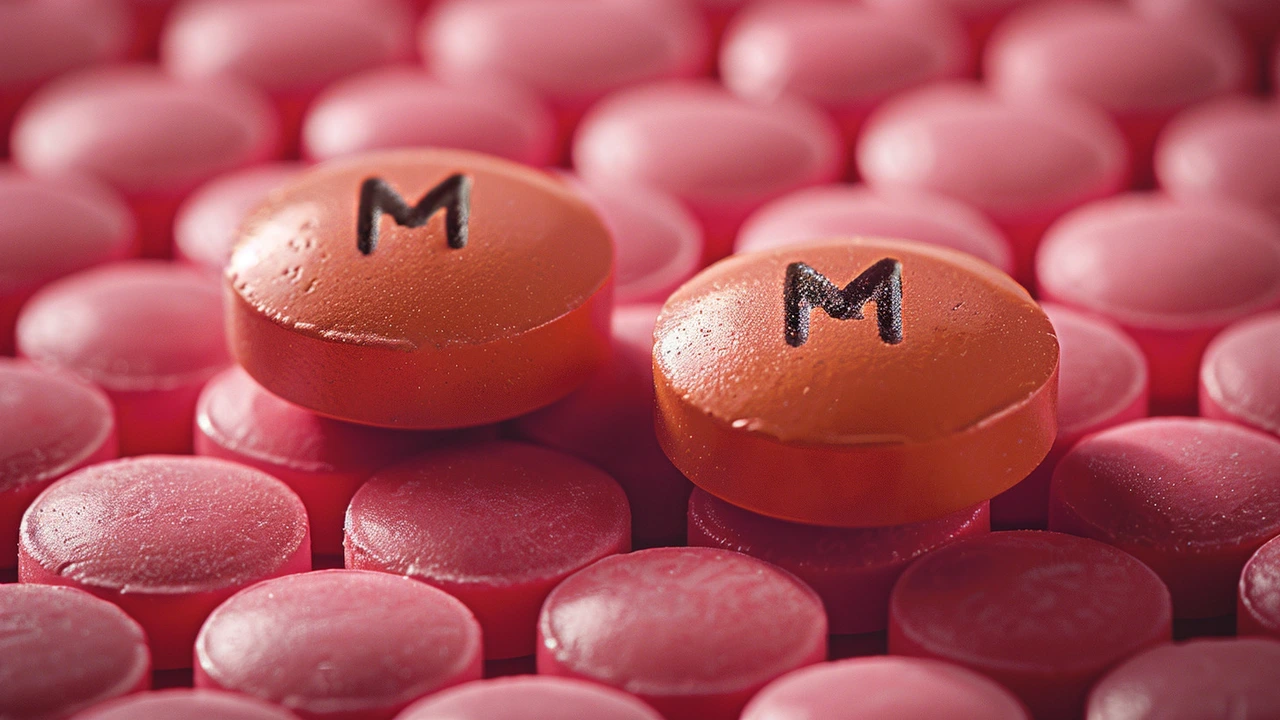ADHD Treatment: Practical Options That Work
If you or someone you care about has ADHD, treatment can make daily life easier fast. Options include medicines, therapy, routines, and simple lifestyle moves. Most people need a mix of approaches, not a single fix. Good treatment focuses on symptoms you notice: focus, impulsivity, planning, and task follow through. The right plan improves school or work performance, relationships, and stress.
Medications: what to expect
Stimulants like methylphenidate and amphetamine salts help most people reduce core symptoms. They usually start working within 30 to 60 minutes and last from a few hours to a full day depending on the formulation. Side effects can include appetite drop, sleep trouble, and jitteriness. Non stimulant options like atomoxetine, guanfacine, and clonidine work differently and can suit people who don’t tolerate stimulants. Any medication plan should start low, move slowly, and include regular check ins with a clinician.
Therapies, routines, and daily fixes
Behavioral therapy teaches practical skills you can use every day. A therapist helps build structure: checklists, timers, and breaking big tasks into tiny steps. Parents benefit from parent training that changes how they respond to behavior and set clear limits. Coaching for teens and adults focuses on planning, time management, and avoiding distractions. These non medical tools often boost medication effects or work well alone for mild cases.
Small daily changes matter. Sleep, protein rich meals, regular movement, and fewer screens make a measurable difference in attention and mood. Use visual reminders and short work blocks with breaks. Tell teachers or managers you’re using a plan so they can help with structure. Track progress with simple notes so you know what helps and what doesn’t.
How to pick a plan? Start by listing the top three problems you want fixed. Share that list with your clinician and ask about pros, cons, and realistic timelines. If medication is used, set follow up visits at two to six weeks then every few months while adjusting. If changes are small after a fair trial, ask about switching drugs or adding therapy.
Watch for side effects and worsening mood. Sudden behavior changes, thoughts of harm, or severe sleep loss need immediate contact with your clinician. For children, brief teacher reports and school data help fine tune treatment. Adults should track work output and relationships as signs of improvement.
If you’re unsure where to start, ask your primary doctor for a referral to a psychiatrist, pediatrician, or psychologist with ADHD experience. A good team listens, tests attention and behavior, and makes a clear plan. Treatment isn’t one size fits all, but with steady steps you can reduce chaos and gain control.
Quick tips: write tasks down, set a timer for 25 minutes, plan protein at breakfast, avoid phone during focus blocks, review progress weekly. Talk openly about ADHD with friends or coworkers so accommodations are easier to ask for. Small steps add up fast. If finances or access are a barrier, search community clinics or telehealth offering sliding scales today.
Tofranil, known generically as imipramine, is a tricyclic antidepressant for managing depression and nocturnal enuresis in children. Its use in ADHD and the elderly requires caution due to an unestablished safety profile. Side effects range from drowsiness to severe conditions like serotonin syndrome.

